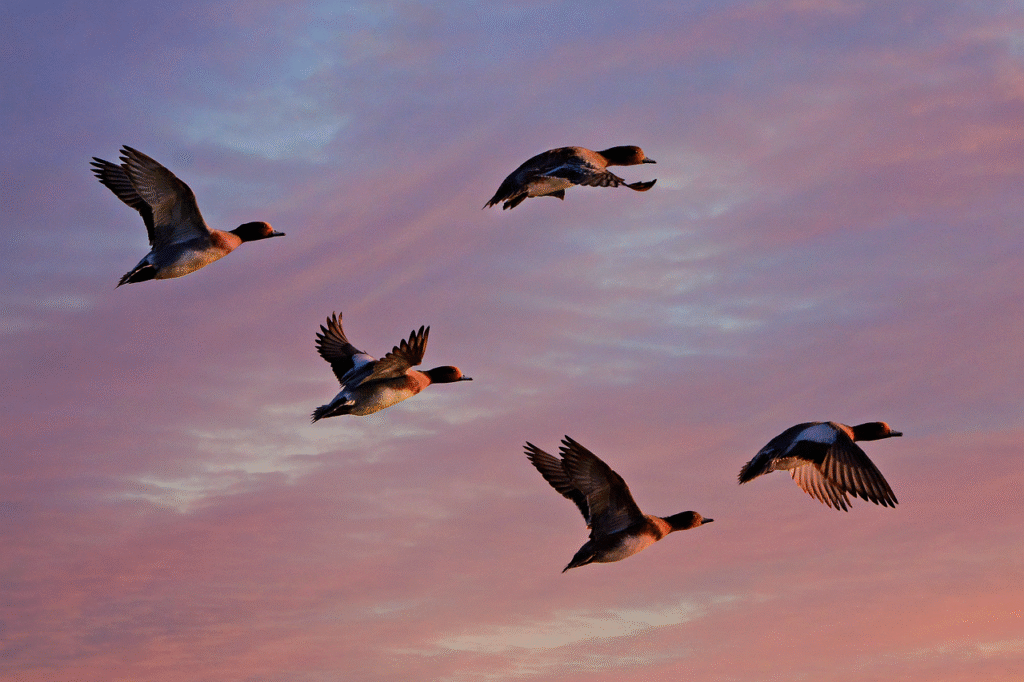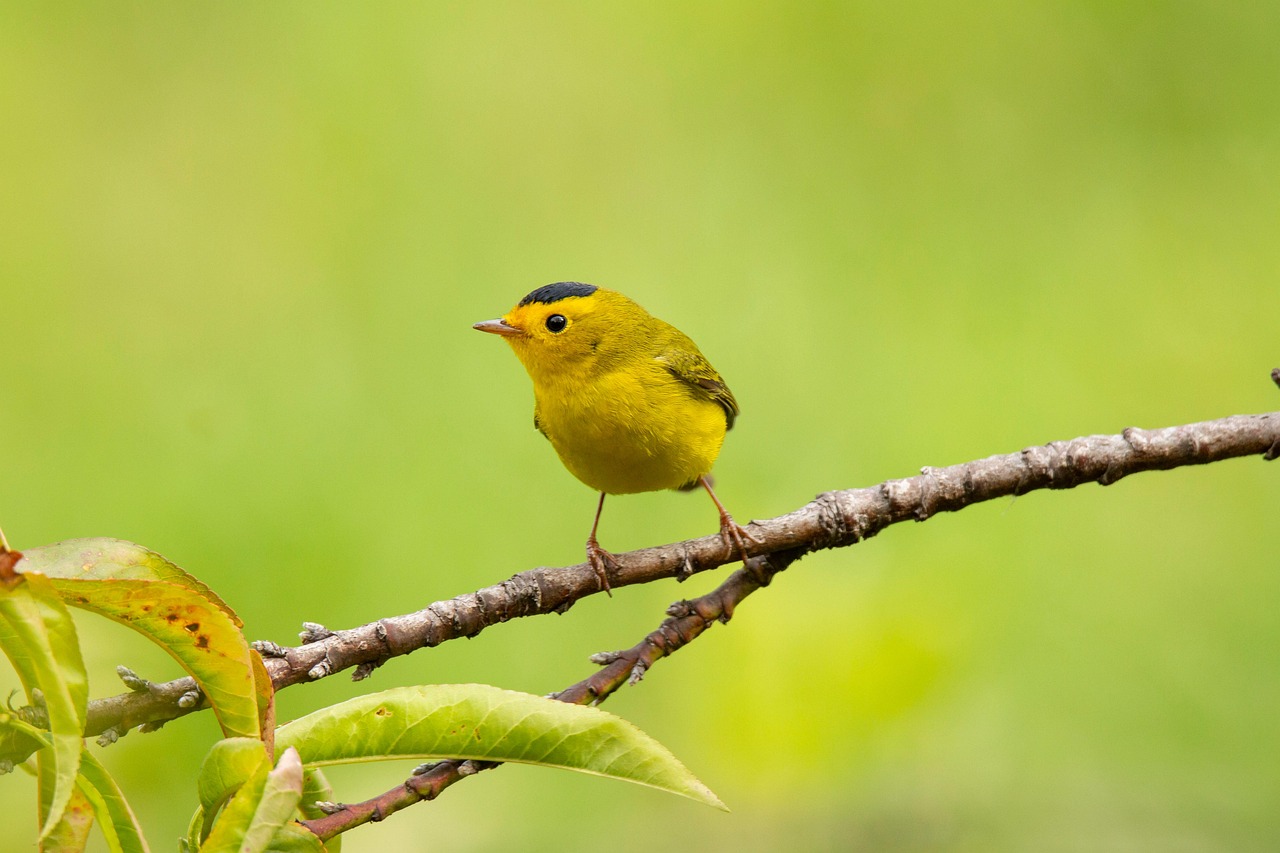Introduction
Wildlife migration is one of nature’s most fascinating patterns. However, with global temperatures rising, animals are being forced to adjust their routes. In response, scientists are turning to artificial intelligence (AI) in predicting wildlife migration under climate change.
This article explains how AI technology is shaping modern conservation, its benefits, real-world examples, and challenges faced in the process.

Why Predicting Wildlife Migration Under Climate Change Matters
The Impact of Climate Change on Wildlife
Climate change alters ecosystems, affecting food sources, water availability, and breeding grounds. Species that once followed predictable migration patterns now face unpredictable conditions.
Benefits of Predicting Migration Patterns
- Safeguarding endangered species
- Designing effective wildlife corridors
- Reducing human-wildlife conflicts
- Protecting biodiversity
How AI Is Used in Predicting Wildlife Migration
Satellite Imaging Combined with Machine Learning
AI analyzes satellite images to detect changes in vegetation, water bodies, and urban development that influence migration.
GPS Tracking Data and Predictive Analytics
Wildlife researchers equip animals with GPS collars. AI models then process this data to forecast likely future routes based on historical patterns.
Environmental Sensors and Real-Time Data
By integrating live weather data and environmental sensors, AI provides dynamic migration predictions instead of static reports.
Deep Learning for Complex Behavioral Analysis
Deep learning models detect subtle changes in animal behavior that human observation might miss, enhancing prediction accuracy.
Real-World Applications of AI in Wildlife Migration
- WWF’s Elephant Migration Monitoring: AI is used to predict and monitor African elephant routes to avoid poaching zones.
- NASA and Bird Migration Tracking: NASA applies machine learning to satellite data to follow migratory birds affected by climate shifts.
- Wildbook Project: Uses AI-powered image recognition to track individual animals using crowd-sourced photos.
Related Reading: Animal Migration on Wikipedia
Advantages of Using AI in Wildlife Conservation
- Faster, data-driven decisions for conservation strategies
- Cost-effective monitoring across vast areas
- Reduced human disturbance in sensitive zones
- Real-time insights for researchers and governments
Challenges in Using AI for Predicting Wildlife Migration
- Data Scarcity: Especially for lesser-studied or rare species
- High Costs: Deploying GPS collars, sensors, and cloud computing
- Algorithm Bias: If data diversity is lacking, predictions can be skewed
- Infrastructure Limitations: Reliable internet and tech deployment in remote areas
How Governments and NGOs Can Support AI in Conservation
- Funding open-data wildlife tracking programs
- Partnering with AI technology companies
- Training conservationists in AI tools and methods
Internal Link Placeholder: [How AI Is Revolutionizing Climate Change Research]
Conclusion
AI in predicting wildlife migration under climate change is not just a futuristic concept — it’s already making an impact. By integrating satellite imagery, GPS tracking, and deep learning, scientists now have the ability to predict how animals will adapt to changing ecosystems.
Although challenges like high costs and data gaps remain, the benefits for wildlife conservation, biodiversity, and human-wildlife coexistence are undeniable.
For those passionate about technology and nature, AI presents a powerful tool to help preserve the planet’s most vulnerable species.
